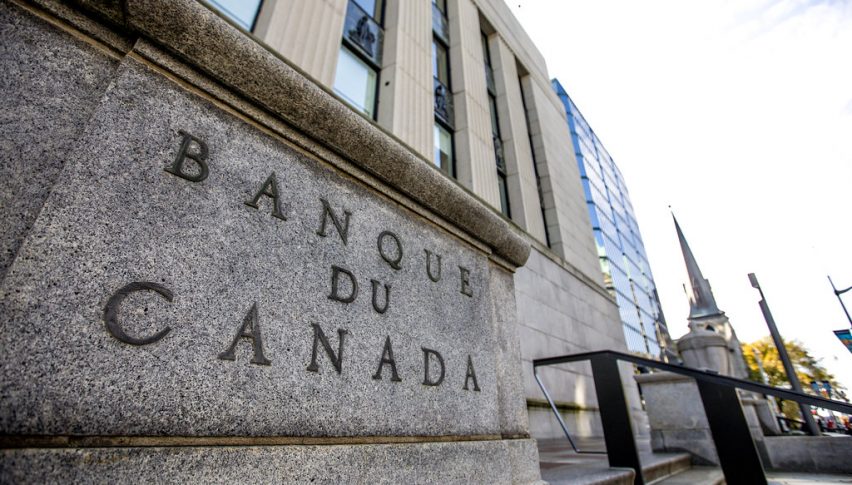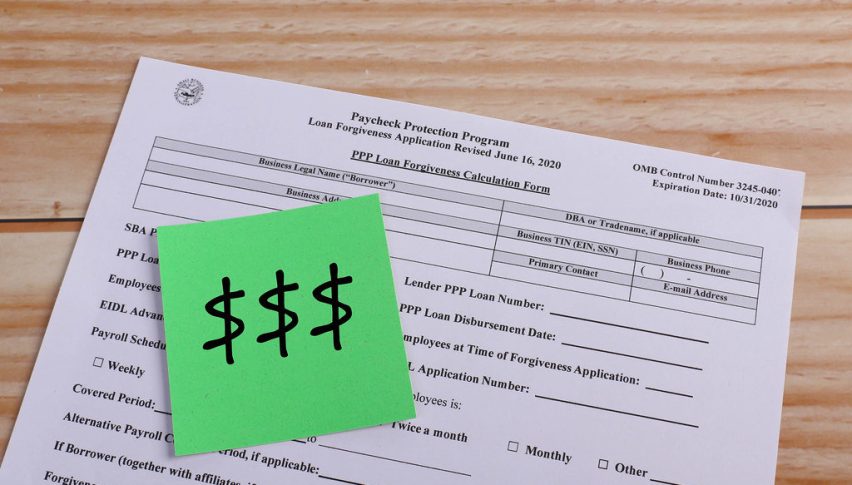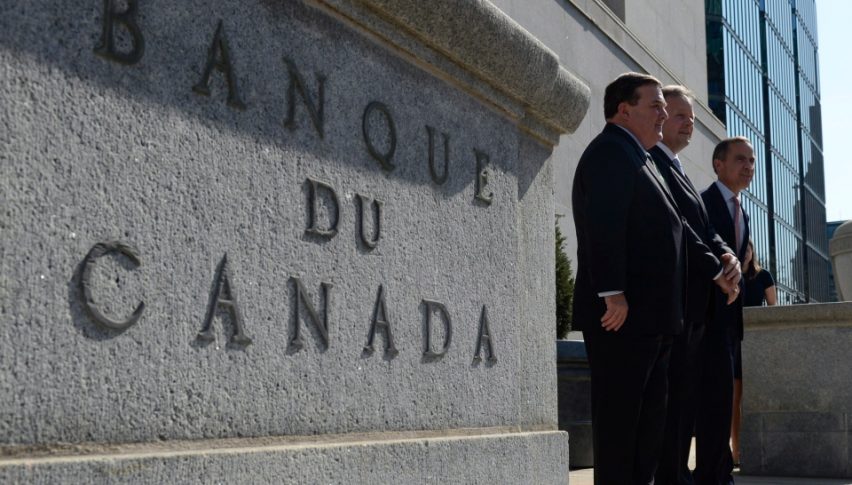TSX Index Drops, CAD Pops after Bank of Canada Holds Rates Unchanged
The Bank of Canada kept its policy rate unchanged, causing opposing market reactions on USD/CAD and the Canadian stock index TSX.

Quick overview
- The Bank of Canada maintained its key interest rate at 2.75%, a decision expected by markets and seen as supportive for the Canadian dollar.
- While the Canadian dollar strengthened, the S&P/TSX Composite Index fell sharply due to weakness in oil-linked stocks, closing down around 0.4%.
- Investor sentiment in the U.S. was more positive, with major indices like the Dow Jones and S&P 500 rising following the BoC's announcement.
- Policymakers are cautious about future rate adjustments, awaiting clearer inflation data and international economic clarity.
The Bank of Canada kept its policy rate unchanged, causing opposing market reactions on USD/CAD and the Canadian stock index TSX.
BoC Holds Rates, TSX Slips on Oil Weakness
The Bank of Canada maintained its key interest rate unchanged during today’s highly anticipated policy meeting, a decision widely expected by markets and seen as supportive for the Canadian dollar. The announcement was met with contrasting market moves: while the loonie firmed, Canada’s main equity benchmark—the S&P/TSX Composite Index—fell sharply amid weakness in oil-linked stocks.
The TSX dropped as much as 155 points to an intraday low of 26,271, pressured by falling energy prices. Despite staging a partial recovery later in the day, it still closed down around 0.4%. The move marked a sharp divergence from U.S. equity indices, which rose following the BoC statement.
South of the border, investor sentiment was more upbeat. The Dow Jones Industrial Average rose by 45 points to 42,565, while the S&P 500 added 13.58 points to reach 5,984. The tech-heavy Nasdaq outperformed, gaining 57 points to close at 19,456.
TSX Index Chart Weekly – Retreating Off Record Highs
The Bank of Canada is opting for stability amid heightened global uncertainty, particularly surrounding U.S. trade dynamics. While inflation surprised slightly to the upside, economic momentum is clearly softening, with housing down and Q2 poised to weaken. Policymakers remain cautious, waiting for clearer inflation data and international clarity before shifting policy. For now, rate cuts are on hold—but not off the table.
Bank of Canada Rate Decision – June Highlights
- Interest Rate Maintained at 2.75%
The Bank of Canada (BoC) kept its benchmark rate steady at 2.75%, in line with expectations. Markets had only priced in a 26% chance of a rate cut, signaling that a hold was the base case. - Unanimity in Decision-Making
Governor Tiff Macklem noted there was a “clear consensus” among policymakers to maintain rates, emphasizing the need for additional clarity—particularly around evolving U.S. trade policies. - Waiting for More Data
The Governing Council opted to keep rates steady while assessing the impact of ongoing U.S. tariff adjustments and possible future trade restrictions, which continue to inject uncertainty into the economic outlook. - Inflation Holding Firm
April’s core inflation (excluding taxes) came in at 2.3%, slightly above expectations. While volatility remains, the BoC warned against over-interpreting a single month’s reading.
Upcoming CPI prints will be closely scrutinized.
Mixed Growth Signals
- Q1 growth was buoyed by early export demand to the U.S. and inventory build-up.
- Consumption grew, albeit at a slower pace than Q4, despite falling consumer sentiment.
- Housing activity slumped, mainly due to a sharp drop in resale transactions.
- The BoC anticipates a notable slowdown in Q2 economic output.
Press Conference Remarks
- Macklem on Inflation:
Highlighted volatility and urged caution in overreacting to short-term data. Emphasized that the central bank is awaiting more information before adjusting course. - Future Rate Guidance:
Comments on possible future rate adjustments were not intended as forward guidance, clarifying that cuts aren’t imminent without data support.
BoC Deputy Governor Rogers:
- Acknowledged CAD strength’s disinflationary effect.
- Aims to return to a single central economic scenario by July.
- Mentioned market optimism might be premature.
- Noted that wildfires are weighing on the economy, adding downside risk.
USD/CAD Reversal: From Trade Tensions to Currency Strength
While the BoC decision provided a modest tailwind for the CAD, broader currency dynamics have been more volatile in recent months. In early 2025, the Canadian dollar came under heavy selling pressure, with USD/CAD surging to 1.4792 in February—a level not seen in 25 years. The move was sparked by President Trump’s announcement of a 25% tariff on Canadian and Mexican imports, raising fears of a full-blown trade conflict.
Market anxiety deepened until conservative Canadian leadership signaled a willingness to defuse tensions. As a result, the tariff implementation was postponed, alleviating some pressure on the Canadian economy and currency.
This policy shift helped trigger a major reversal in USD/CAD . After peaking near 1.48, the pair slid sharply, breaching the psychologically important 1.40 level. Technical support emerged near the 100-week simple moving average (SMA), where a doji candlestick pattern formed—often interpreted as a sign of market indecision and potential reversal.
The return of conservative governance reinvigorated investor optimism about future trade agreements and regional cooperation. That sentiment, combined with improving fundamentals, contributed to further CAD strength and a steady decline in USD/CAD.
Conclusion: Today’s rate hold by the Bank of Canada adds to the narrative of monetary stability amid external uncertainty. While equity markets in Canada faltered on sector-specific weakness, the loonie found strength not just in domestic policy but also in an evolving trade environment that has dramatically shifted since the year began. With improved clarity on tariffs and stronger prospects for cross-border relations, CAD momentum may have further room to run—especially if inflation remains contained and growth holds up.
USD/CAD Live Chart
- Check out our free forex signals
- Follow the top economic events on FX Leaders economic calendar
- Trade better, discover more Forex Trading Strategies
- Open a FREE Trading Account



